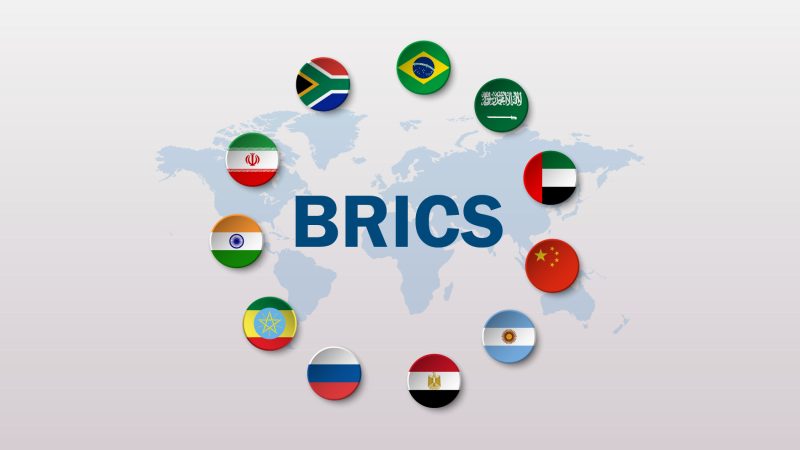Amid ongoing efforts to reduce reliance on the US dollar, officials have confirmed the development of a BRICS currency. According to a TASS report, Kazem Jalali, Iran’s ambassador to Russia, revealed that both Russia and Iran are collaborating on the project.
BRICS Currency Project
The BRICS economic alliance, which includes Brazil, Russia, India, China, and South Africa, has been working on strategies to promote a multipolar world. The bloc is advancing plans for a native currency, which could emerge as a significant competitor to the US dollar. Jalali emphasized that Russia and Iran are at the forefront of this initiative. He noted that over 60% of bilateral trade between the two countries is already conducted in rubles or rials, strengthening local currency usage within the BRICS framework.
Strengthening Diplomatic Ties
Jalali highlighted that diplomatic relations between Russia and Iran are in a “golden age.” Iran’s inclusion in the BRICS alliance as part of its 2023 expansion marks a significant step in its international economic integration. The collaboration on a new currency further cements these ties and underscores the bloc’s commitment to creating alternatives to the US dollar.
Also Read: The Impact of BRICS’ De-Dollarization on the U.S. Economy
Impact on Global Economy
The creation of a BRICS currency aims to diversify the global economy. Despite the US dollar’s dominance, its influence has waned over the past year. Reports indicate that in 2023, one-fifth of all oil trades were conducted in local currencies. This shift illustrates a growing preference for dollar alternatives.
A widely adopted BRICS currency could challenge the greenback’s supremacy in global trade. Countries worldwide are seeking alternatives to the US dollar, as evidenced by a significant increase in gold purchases by central banks this year. The introduction of a BRICS currency would provide another option for international trade, potentially accelerating de-dollarization efforts.
Future Prospects
As the BRICS alliance expands, the number of countries using the new currency for cross-border transactions is likely to grow. This development could significantly enhance the bloc’s de-dollarization strategy, promoting a more balanced global economic landscape.
